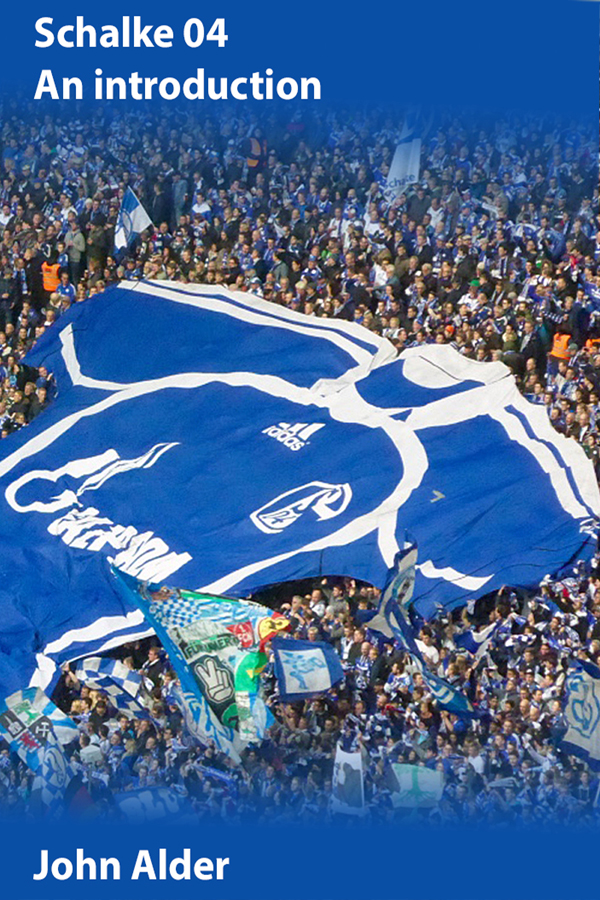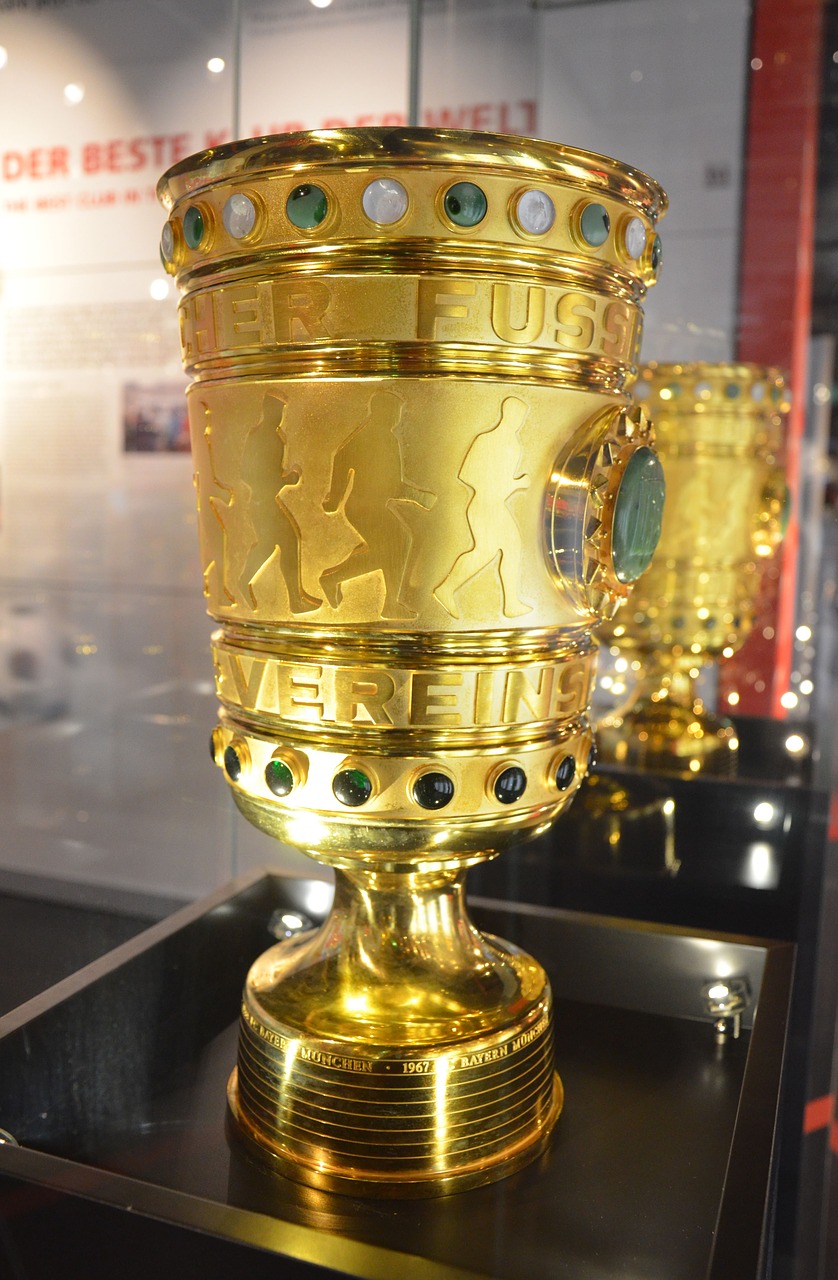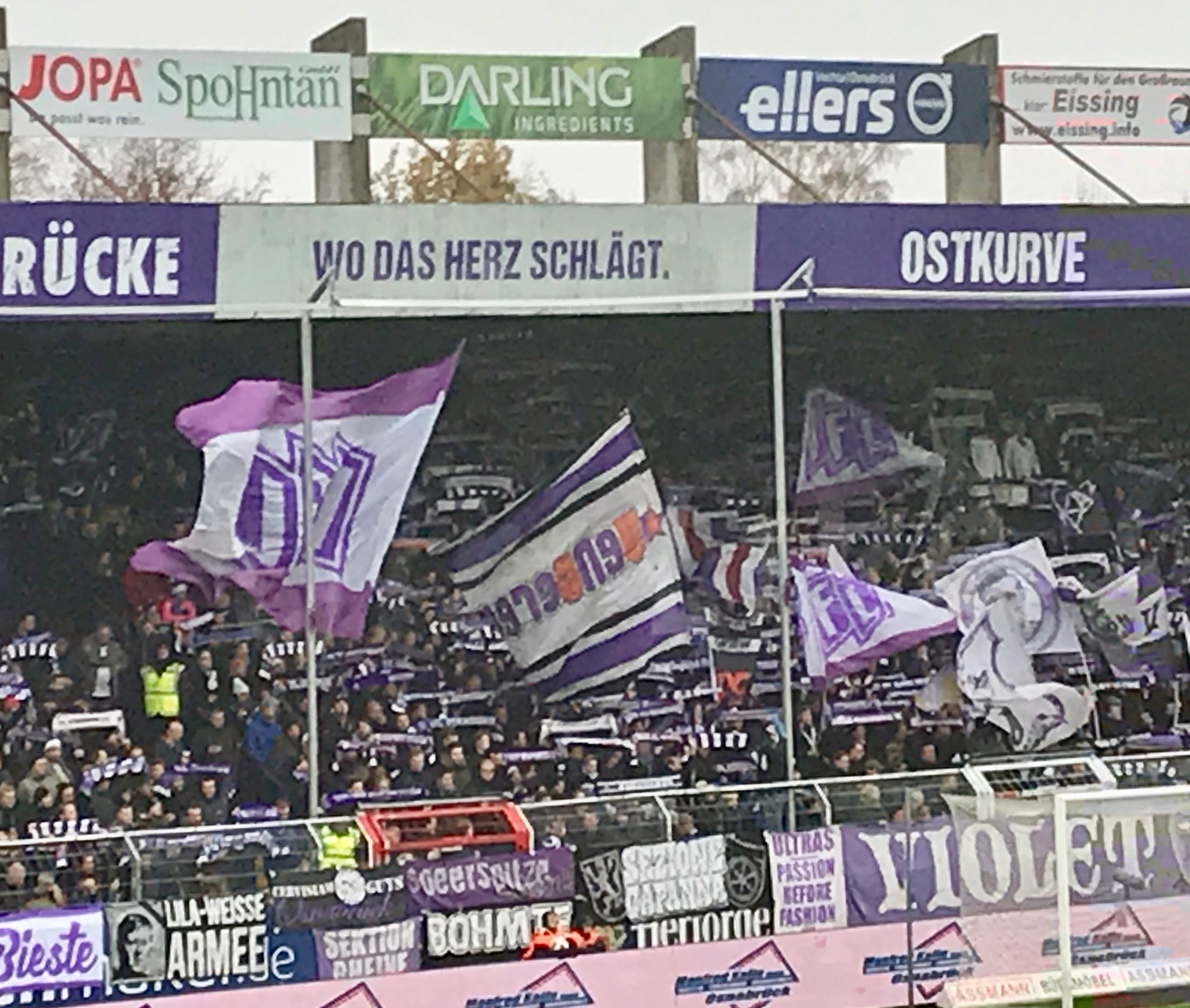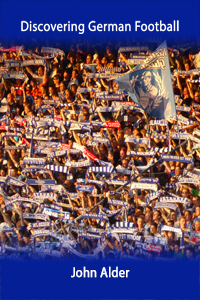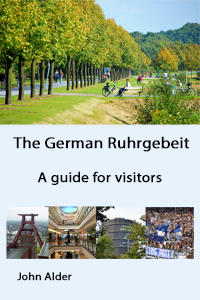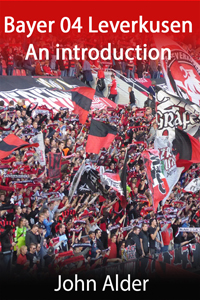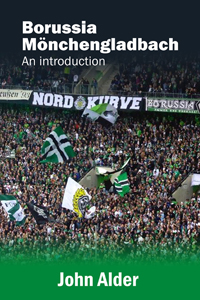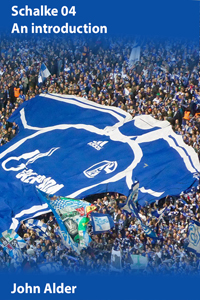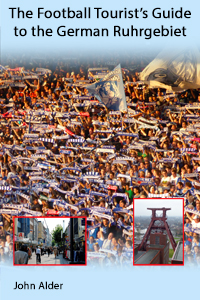by John Alder | Nov 10, 2020 | Germany
FC Schalke 04: An introduction
In 1904 a group of young miners from Gelsenkirchen got together to play football. They had very little money, no kit to wear, no ball to play with. They didn’t even have a pitch to play on. This book tells the story of how the club they formed grew to become Schalke 04, one of the biggest, wealthiest and best-known sporting organisations in the world.
It describes the lives of famous players, takes a look at Schalke’s passionate fans, and explains why the club is so important to its town and region.
There is also plenty of practical information for anyone thinking of coming to see a game or wanting to follow Schalke from afar.
by John Alder | Jun 17, 2019 | Cup competitions, Germany
The German FA Cup gets underway
The German equivalent of the FA Cup is called the DFB Pokal. And like the FA Cup it is organised so that as many clubs as possible have a chance to take part. There are 64 clubs in the first round: all the Bundesliga and 2 Bundesliga teams as well as the top four from the third division. The other places are taken by the winners of regional cup competitions. This makes regional competitions about more than local rivalries as in theory any club has the chance to progress to the final rounds.
If you are planning to be in Germany in August – perhaps for the start of the football season – why not include a cup game in your plans?
Giant killing always a possibility
The DFB – the German Football Association – organises the cup to provide lower league clubs with additional income as well as opportunities for their fans to see bigger teams. And of course, as in the UK, giant killing is part of the magic of the cup.
The first round is seeded and the draw is made from two pots. The first consists of all the Bundesliga sides and the top 14 from the 2 Bundesliga. The second pot contains the rest. The first game is always played at the home ground of the team from the second pot.
Cup clashes to look out for
This year’s draw took place at the German Football Museum in Dortmund on 15 June and the first round games will take place between the 9th and 12th August. We will learn exact days and times nearer the event, but we already know there will be some very interesting encounters.
Bayern München are up against Energie Cottbus who last played in the Bundesliga in 2009. Cottbus were relegated to the fourth division last season, so on paper should not cause Bayern too many problems – but the team will be keen to make up for last year’s disappointments with a strong performance.
Bayer Leverkusen travel 50 miles west to play Alemannia Aachen. Although currently in the fourth division Aachen have a large and passionate fanbase who will see the game as more than just a derby. The crowd will be loud and noisy.
Borussia Dortmund go few miles down the Rhine to play KFC Uerdingen who are managed by former Dortmund stalwart Kevin Grosskreuz. Uerdingen are currently renovating their stadium and will be playing home games this season at the Merkur Spiel-Arena – home of Fortuna Düsseldorf. Given the proximity of the two cities and the passion of both sets of fans, we can expect a high turnout.
The best chance of a slip-up?
Another interesting cup clash is between newly promoted VfL Osnabrück and RB Leipzig. Osnabrück had a wonderful season last year and their players will be brimming with confidence. They also have vocal and passionate fans who will fill the Bremer Brücke stadium, create a great atmosphere and make life very uncomfortable for Leipzig’s superstars.
The first round draw of the DFB Pokal – the German FA Cup
- Energie Cottbus vs. Bayern Munich
- KFC Uerdingen vs. Borussia Dortmund
- Ulm vs. Heidenheim
- Wacker Nordhausen vs. Aue
- Verl vs. Augsburg
- Drochtersen/Assel vs. Schalke
- Wehen Wiesbaden vs. Cologne
- Karlsruhe vs. Hannover
- Villingen vs. Düsseldorf
- Waldhof Mannheim vs. Eintracht Frankfurt
- Rödinghausen vs. Paderborn
- Salmrohr vs. Kiel
- Magdeburg vs. Freiburg
- Eichstätt vs. Hertha Berlin
- Ingolstadt vs. Nuremberg
- Saarbrücken vs. Regensburg
- Oberneuland vs. Darmstadt
- Dassendorf vs. Dresden
- Chemnitz vs. Hamburg
- Delmenhorst vs. Werder Bremen
- Kaiserslautern vs. Mainz
- Würzburg vs. Hoffenheim
- Osnabrück vs. RB Leipzig
- Lübeck vs. St. Pauli
- Viktoria 1889 vs. Bielefeld
- Rostock vs. Stuttgart
- Duisburg vs. Fürth
- Baunatal vs. Bochum
- Alemannia Aachen vs. Leverkusen
- Sandhausen vs. Gladbach
- Halle vs. Wolfsburg
- Halberstadt vs. Union Berlin
Similar posts
If you found this post helpful, you might like to take a look at these:
Find out more about German Football
Books about German football
by John Alder | Mar 28, 2019 | Football books, Germany
Understanding Borussia Dortmund
Have you ever wondered why Borussia Dortmund has such devoted supporters? Do you want to know how this old club came to have the most famous stand in Europe – the Yellow Wall?
This excellent book by Uli Hesse will give you the answer to these and many more questions about Borussia Dortmund and its Yellow Wall.
A fan’s perspective
It starts at one of the low points in recent history, telling the story from the perspective of a 10-year-old fan of the moment in 1986, when Dortmund, mired in financial problems and struggling on the pitch looked sure to be relegated from the Bundesliga and might have gone out of business altogether. The fan in question was Lars Ricken who was to be a member of Dortmund’s Champions League-winning team ten years later.
Stormy beginnings
The book then goes right back to the beginning of the last century when a group of determined young men set up a football team against the fierce opposition of their church and priest and tells the story of this Borussia Dortmund from then until the present day. The book ends with a beautiful description of Jason Sanchez’s first game for Borussia Dortmund when he scored a goal and assisted another.
Local rivals
It covers the fierce rivalry with neighbours FC Schalke 04, the successes in the league and Europe, the financial bubbles and the near disasters of the early 2000s. There are stories and anecdotes and descriptions of dramatic moments. It covers the fans and their culture – and, of course, that Yellow Wall.
More than just a football book
However, this is much more than yet another football book full of match reports and statistics.
Uli Hesse is a Borussia Dortmund fan and an experienced, well-connected journalist. So he tells the story of his club through the eyes of the supporters, players, managers and business leaders. He also knows the rich history of Dortmund and the Ruhrgebiet – Germany’s industrial heartland – and understands how vital local clubs are to their communities.
The result is entertaining and highly accessible. Hesse’s gift for scene-setting and story-telling brings key moments to life. His journalist’s insistence on research, detail and accuracy makes his account credible. Above all, his passion for football, his club and his region shine through.
“Building the Yellow Wall” is one of the best football books I have ever read and is a superb example of how to write entertaining and engaging non-fiction.
by John Alder | Nov 21, 2016 | Bundesliga, Football, Germany, Travel
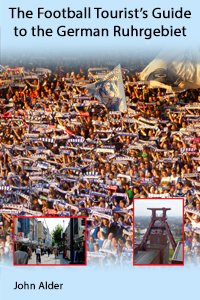
Introducing the German Ruhrgebiet
Bordered by the rivers Rhine, Ruhr and Lippe the Ruhrgebiet is one of Germany’s ‘hidden gems’. A vibrant, exciting and thoroughly modern metropolis, it is steeped in history and tradition. For over 100 years it has also been the beating heart of German football.
My latest guidebook introduces its major cities and towns, the history, culture and traditions of its people and its football clubs. There is advice on how to plan a visit and where to find out more.
A region transformed
They used to say that you could never see the sun in the Ruhrgebiet because the clouds of smoke and dust blocked out the sky. Hanging your washing up outside was a waste of time. It would end up covered in soot and dirtier than before you started. Little animal or plant life survived in the rivers and canals and you wouldn’t think of going for a swim.
If you lived and worked in the Ruhrgebiet you had a lower life expectancy than anywhere else in Germany. You had higher chance of dying young from lung diseases. You were more likely to live in crowded accommodation and to have a dangerous and exhausting job.
Today’s Ruhrgebiet is completely transformed. The coking plants, blast furnaces and engine towers are all silent. The toxic emissions from thousands of chimneys have disappeared. The air is clean. Nature has begun to reclaim the vast tracts of land that were once occupied by sprawling industrial plants. City centres are attractive, dynamic, modern places. The arts are flourishing.
But the region’s industrial past has not been swept aside. People are proud of the bravery and sacrifices of those who came before them. They value history and tradition. Former industrial sites have been imaginatively repurposed as cultural or entertainment centres or preserved as memorials to the past.
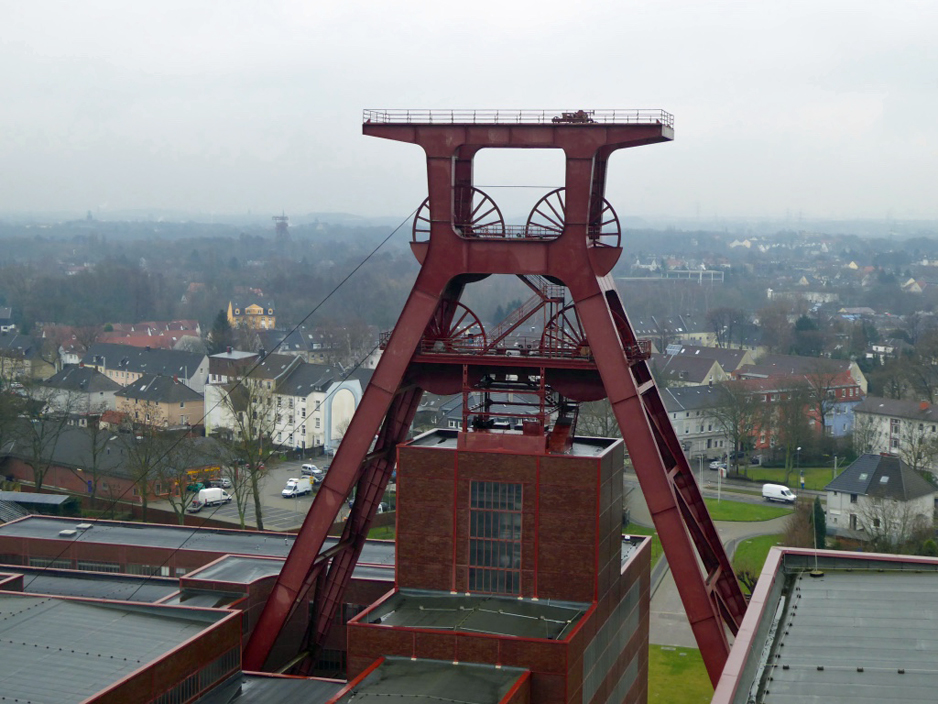
Zollverein used to be a coking plant. Now it’s a world heritage site
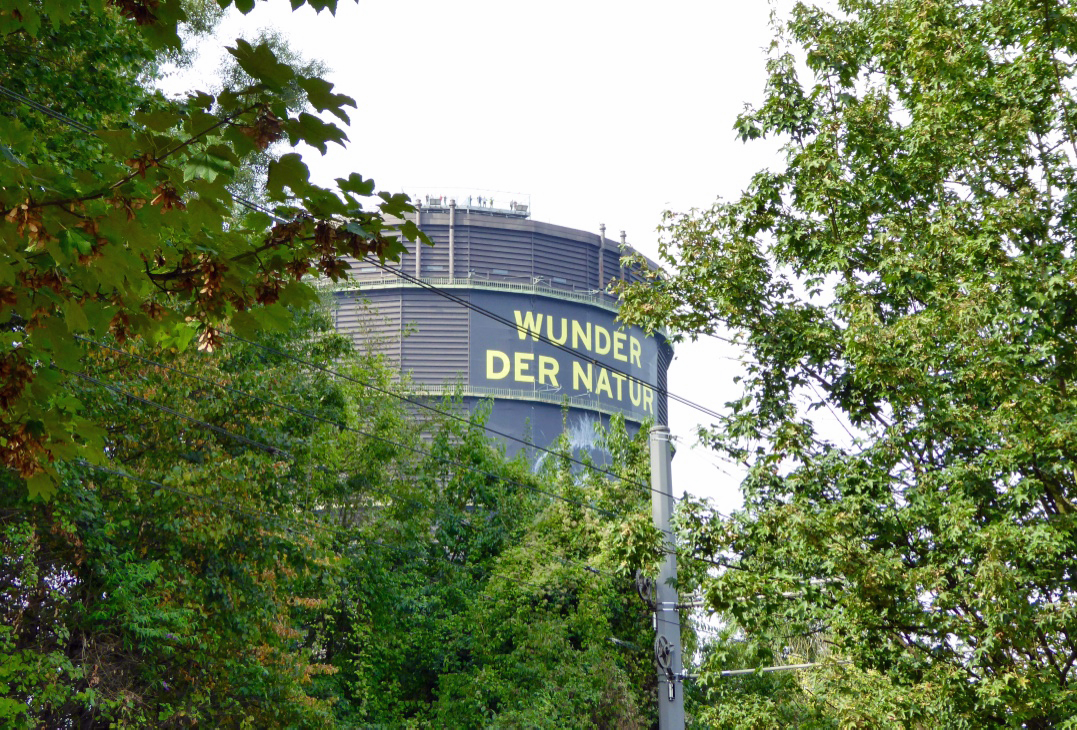
The gasometer in Oberhausen is now used for exhibitions
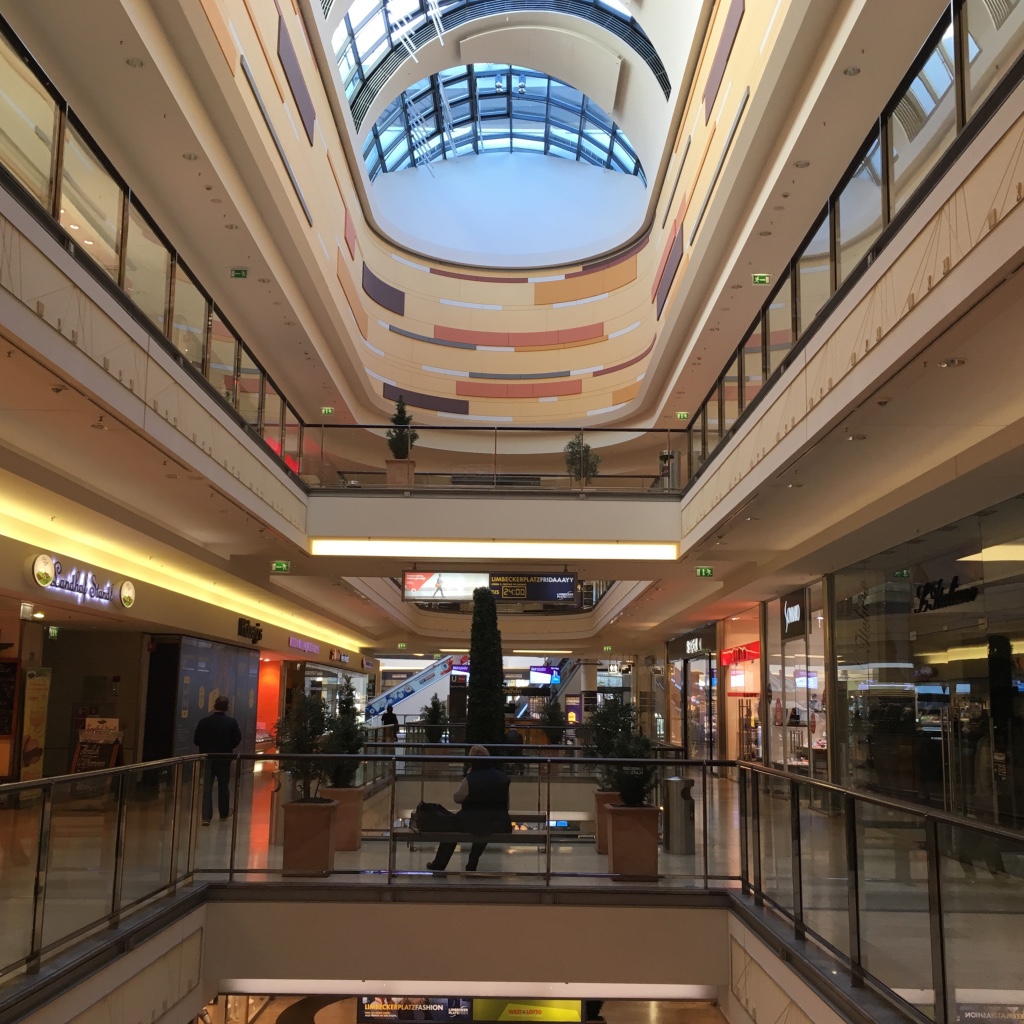
Limbeckerplatz Shopping Mall in Essen
The epicentre of football
You can’t really understand the Ruhrgebiet without understanding its football. And you can’t talk about German football and ignore the Ruhrgebiet.
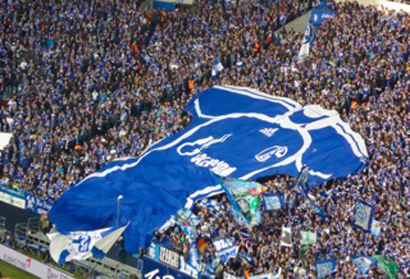
Fans at FC Schalke 04
For more than 100 years this region has been one of the biggest and most important footballing centres in the world. Only London has as many teams and players and as high a concentration of clubs and stadiums as here.
The region’s sporting success is also second to none – at national and international level.
A Ruhrgebiet club was the first to win cup and league in the same year. A Ruhrgebiet club won the first European Cup and then decades later brought the first Champions League title to Germany. A Ruhrgebiet player scored the winning goal in Germany’s first world cup final.
Two of the world’s wealthiest clubs are Ruhrgebiet neighbours. For decades exciting, talented players have emerged from the region’s football academies and gone on to dazzling local, national and international success. (Manuel Neuer, Marco Reus, Mezut Ozil are just three very recent examples).
There is also no other region in Germany where football is so closely linked to the rhythms of daily life, to family, friendship and community.
A guide for the football tourist
This book introduces the towns, cities and people of the Ruhrgebiet from the perspective of the football fan. It outlines the major sights and makes practical suggestions about where to go and how to get there. It also presents the region’s football clubs. It describes their triumphs and disappointments, tells the stories of famous players and coaches and celebrates fan culture.
There is information and advice for anyone wanting to come and experience this exciting region in person. But there are also plenty for anyone simply wanting to find out more or follow the region’s football from afar.
Click here to order your copy
